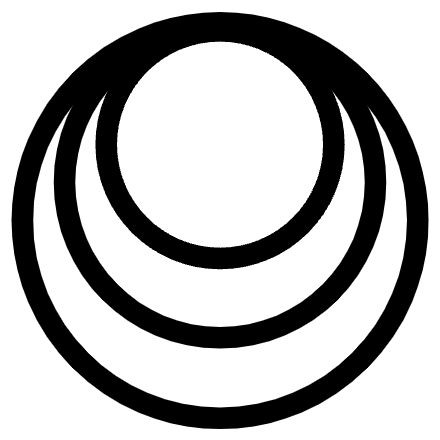Before the selfist model, I was lost without realizing it. I knew I was missing something, and from my earliest years I spent hours alone trying to express this truth. I tirelessly spoke words and ideas into ears, wrote them onto paper, and typed them into machines.
As I got older, this something grew into an intense and painful desire: I wanted something. I did not know what I was, only that I had to find and possess it. I felt incomplete, my ideas could not capture it and my desire grew into a cancer. I wanted so much from the world that I began to fear it did not have enough to satisfy me.
The fear of not getting what I wanted was painful, and I asked myself the unthinkable: what if the world did not have what I wanted? What if the place I wanted to go, the experience I wanted to have, the person I wanted to be, the thing I wanted to possess, was not out here?
As painful as it was, it was the right question. Because below that fear was a deeper conviction that my desire could not exist without the means for its satisfaction. If the world did not have what I wanted, then perhaps I did not want the world.
I found comfort in that proposition and I began listening to a confident inner voice that grew louder: let go of the world; what I seek is not out here. I abandoned all responsibilities, social obligations, and relationships that interfered with my search in pursuit of an isolated life where I could devote all my time searching.
In isolation, free from relationships and the ritual of endless production and consumption, I discovered that my desire sought its own source. The yearning I had always had — the thing I had always searched for — was freedom from itself. My desire was for the end of my desire.
What did this mean? I found the end of my desire within, before the point where my thoughts became actions. It is a fixed, timeless place that never changes whether I am sitting in my room or climbing a mountain. This point is both who I am and where I am, not the thoughts, experiences, and places that come after it. When I focused there the pain of my awakenings melted away and the words I expressed were accurate.
Everything I once desired in the world began to crumble as I turned to face its source. Standing in this desire-free place, I understand who I am: that I am not an observer of a larger world I have awakened into, but rather I am lost in a world I have created by awakening. I had forgotten that I am not a character in the story, but rather its author.
My yearning for peace emerges the moment I awaken, fragmenting into countless threads of want in search of relief until they again coalesce as I return to sleep. My desire is the pain of ignoring my first and last desire for peace, and my life is the consequent illness from that neglect. My desire seeks its source in sleep, where I am peace.
…
I have countless photos of me smiling and appearing to enjoy life. These captured moments belie a different reality: I have always known that I did not want to be here. My smiles were forced; this is hell. There is something fundamentally wrong with this place I awaken into every morning, and acknowledging that is the first step in my recovery.
The selfist perspective represents my lifelong effort to understand why I awaken into this place and how I escape. I have used my writing as a scaffold to uncover the truth, and in that process have preserved the narrative. There are many things I have written that I would not write now, but rather than erase them, I have preserved them as important artifacts from my journey.
The result is the answer I have always needed but could never find: life is illness. It is a disease that I can treat and overcome without fear, despair, or violence. The treatment is not mystical, arcane, or complicated, and it starts when I recognize one thing: what I want is not out here.
…
